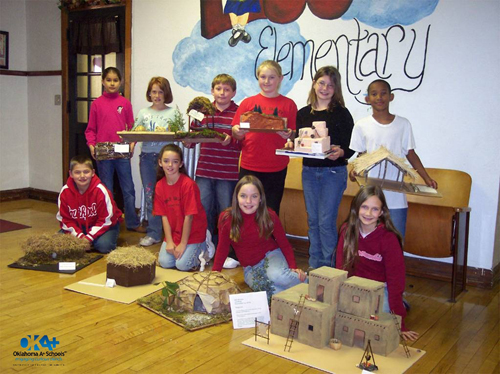
Thought leaders in גלובל החיפוש לחינוך series have consistently argued that an education without the arts is incomplete. ועדת הנשיא על האמנויות ודו"ח הרוח, Reinvesting in Arts Education: Winning America’s Future Through Creative Schools, made a powerful case for why education in the arts has never been more important than now. The report showed the link between arts education and student achievement in other subject areas. Beyond empowering students to create art and appreciate all art forms, the study illustrates how arts education strategies play a significant role in closing the achievement gap, שיפור מעורב סטודנטים, and nurturing creativity and innovative thinking skills essential to the 21st century.
What do we mean when we say that beyond skills and knowledge, an arts education better prepares students for the 21st century?
If you have been through the complex, אינטראקטיבי, dedicated, soul searching process that comes from playing a role in a dance, musical or theatrical production; if you have embraced the discipline, resourcefulness, inventiveness, passion and persistence it takes to create an original manuscript or work of art — then you will know what it means to have used all of your brain and you will be better prepared to compete in the global economy.
So where are the model American schools that are doing this today?
Upon visiting the Educare Center in Oklahoma City (home to one of the 68 schools in Oklahoma’s A+ schools network), ב. S. Education Secretary Arne Duncan commented, “Oklahoma’s A+ school-network nurtures creativity in every student — and a recent evaluation shows not just that the program increases student achievement but boosts attendance and decreases discipline problems as well.”
Sir Ken Robinson describes Oklahoma’s A+ school network as “a groundbreaking program emphasizing the arts as a way of teaching a wide variety of disciplines within the curriculum.”
I had the privilege of speaking with Jean Hendrickson, Executive Director of the Oklahoma A+ Schools Program, an education movement that more and more American schools are replicating.
Please tell me about A+ schools: the early beginnings in North Carolina to Oklahoma, the vision, and lessons learned to date.
The A+ Schools’ initiative began in North Carolina in 1995 when the Keenan Institute for the Arts recruited 25 North Carolina schools into a study to determine what might happen in schools if the arts were a central component of school reform. The outcome of that 4-year study showed that schools steeped in the arts and supported with collaborative networks and ongoing professional development produced great results. Test scores were good, the climate was marvelous, teachers felt respected and supported, וקהילות (regardless of demographics) were engaged in the schools.
Oklahoma A+ Schools began its first Five-Day Summer Institute training in 2002. Fourteen schools completed the initial year. We now have trained more than 68 schools statewide. The schools span the state and have students from early childhood through high school. They are rich and poor, עירוני, suburban, and rural, large and small, פּוּמְבֵּי, פְּרָטִי, and charter. בקיצור, they represent the demographics of the state, truly affirming the value of an approach to school that systematically frames the kind of educational environment that should be present in order to motivate, לחנך, and celebrate every child and every teacher in the school, regardless of the demographics.

What does the program believe an arts curriculum should look like in primary and secondary school education?
The framework for OK A+ Schools has eight essential components that bind all of our schools together. We believe that all schools must commit to working within a framework that uses all eight A+ Essentials systematically as they address the work of school. They are: אומנויות, תכנית לימודים, Experiential Learning, Multiple Learning Pathways, Enriched Assessment, שיתוף פעולה, תַשׁתִית, and Climate.
For the Arts Essential, OK A+ Schools supports arts everyday for every child. It is important for multiple art forms to be present within the school experience, including visual art, מוסיקה, ריקוד, and drama, along with creative writing and design. Because the resources at schools can differ considerably, with some schools having arts specialists in four arts disciplines and other schools having no arts specialist in any discipline, we do not dictate how the arts are specifically addressed. The fact is, regardless of the level of resources, it’s important that schools are held accountable for providing arts teaching, both in the disciplines themselves and in connections to other disciplines (arts integration). Schools start with their mandated curriculum and work from there. לדוגמא, in public schools in Oklahoma, visual art and music are required to be taught in a sequential manner to all students, beginning in kindergarten.
By using our second Essential, תכנית לימודים, OK A+ helps schools lay out a sequence of study that includes the arts and that ties to other curricular areas over the course of the year. This process inevitably reveals gaps in instruction that then help schools target areas for which they will need professional development. OK A+ Schools can provide A+ Fellows who are specialists in various arts disciplines to train teachers in the basics of the arts disciplines and help them make connections to other curriculum. This process, over a period of about three years, builds the capacity of a school to provide arts education while highlighting the value of arts specialists as part of the school’s instructional team.
The goal is to have an arts curriculum that is relevant and provided daily so that the arts become a natural and connected part of daily learning. By the end of the school’s three-year implementation period, we expect to see the four major art forms in evidence throughout the school. This is the expectation in both primary and secondary schools. At the secondary level, the individual preferences of the students are more in evidence and practiced in specific classes (visual art, ריקוד, צילום, and so on.) שוב, the courses vary according to the community, but we still expect interdisciplinary work to be evident and for teachers of math, the humanities, and the sciences to regularly incorporate the arts and collaborate with arts staff.
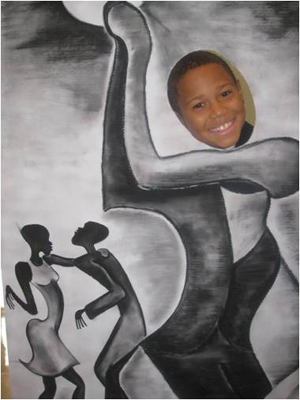
How has the A+ program enhanced schools that have embraced it? Why are these schools better than they were before?
Our researchers have documented higher achievement scores, better attendance records for both students and teachers, a general sense of joy and well-being, greater parent involvement, and fewer discipline issues than other schools in the state.
One of our principals put it this way: There are more opportunities for the kids to demonstrate their strengths and teachers are more open to the variety of ways kids can demonstrate their learning. Teachers know they have permission and expectation to evaluate student knowledge in different ways.
A teacher reported to one of our researchers: This is the happiest I’ve been since I became a teacher.
Another teacher commented to a researcher: Kids come to school excited about new challenges. They know they can be successful at something and often ask, “What are we learning today?”
Can you give me some examples of how the A+ program is used to enhance curriculum?
One of my favorite examples of how the A+ process enhances the curriculum again comes from an anecdote from one of our researchers. He tells of walking into an elementary school classroom to make an observation and take field notes. The class was busy with a project that looked like they must have been making dolls of some kind. He asked a student who informed him they were concluding a study of Native American peoples and were creating their own kachina-type dolls. The researcher asked the student if this was a social studies class or an art class. The student replied, “Both!”
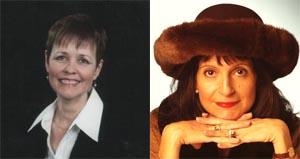
Photos courtesy of the Oklahoma A+ Schools Program.
ב גלובל החיפוש לחינוך, להצטרף אליי ולמנהיגי מחשבה מוכרת בעולם כולל סר מייקל ברבר (בריטניה), DR. ליאון בוטשטיין (ארה"ב), DR. לינדה דרלינג-Hammond (ארה"ב), DR. Madhav אוון (הודו), פרופ 'מיכאל Fullan (קנדה), פרופ 'הווארד גרדנר (ארה"ב), פרופ 'איבון הלמן (הולנד), פרופ 'קריסטין Helstad (נורווגיה), ז'אן הנדריקסון (ארה"ב), פרופ 'רוז Hipkins (ניו זילנד), פרופ 'קורנליה הוגלנד (קנדה), גברת. שנטל קאופמן (בלגיה), פרופ 'דומיניק לפונטיין (בלגיה), פרופ 'יו לאודר (בריטניה), פרופ 'בן לוין (קנדה), פרופ 'בארי McGaw (אוסטרליה), פרופ 'R. נטריגין (הודו), DR. דניז אפיפיור (ארה"ב), שרידהר ךאג'גופלן (הודו), DR. דיאן ראוויטש (ארה"ב), סר קן רובינסון (בריטניה), פרופ Pasi Sahlberg (פינלנד), אנדריאס שלייכר (PISA, OECD), DR. אנתוני סלדון, DR. דוד שפר (ארה"ב), DR. קירסטן Immersive Are (נורווגיה), קנצלר סטיבן ספאן (ארה"ב), איב Theze (Lycee Francais ארה"ב), פרופ 'צ'רלס Ungerleider (קנדה), פרופ 'טוני וגנר (ארה"ב), פרופסור דילן Wiliam (בריטניה), פרופ 'תיאו Wubbels (הולנד), פרופ 'מייקל יאנג (בריטניה), ופרופ 'Minxuan ג'אנג (סין) כפי שהם לחקור שאלות חינוך תמונה הגדולות שכל המדינות מתמודדות היום. גלובל החיפוש לחינוך עמוד קהילה
C. M. רובין הוא המחבר שתי סדרות מקוונות רבים קוראות שלהיא קיבלה 2011 הפרס אפטון סינקלר, "גלובל החיפוש לחינוך" ו- "איך תוכלו לקרוא?"היא גם מהחבר של שלושה ספרים רבי מכר, כולל אליס בארץ הפלאות Real.


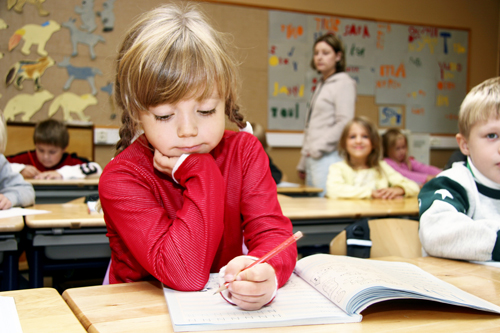
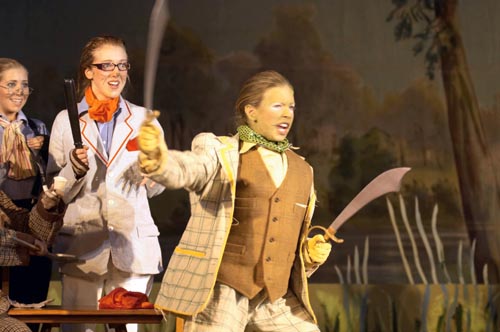
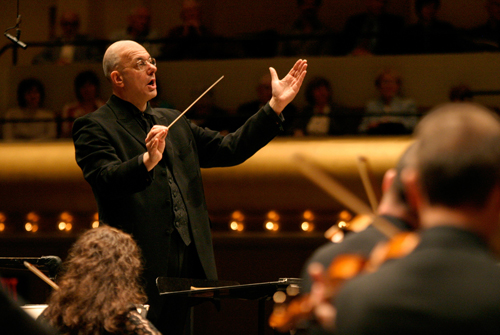
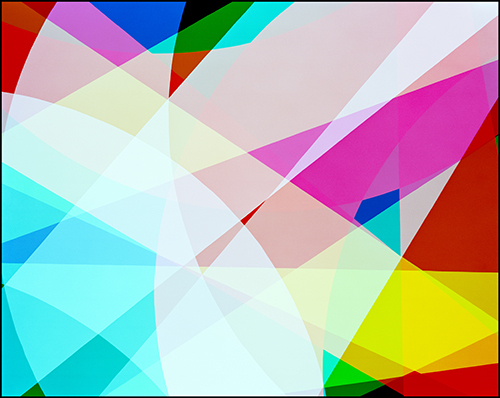
תגובות אחרונות